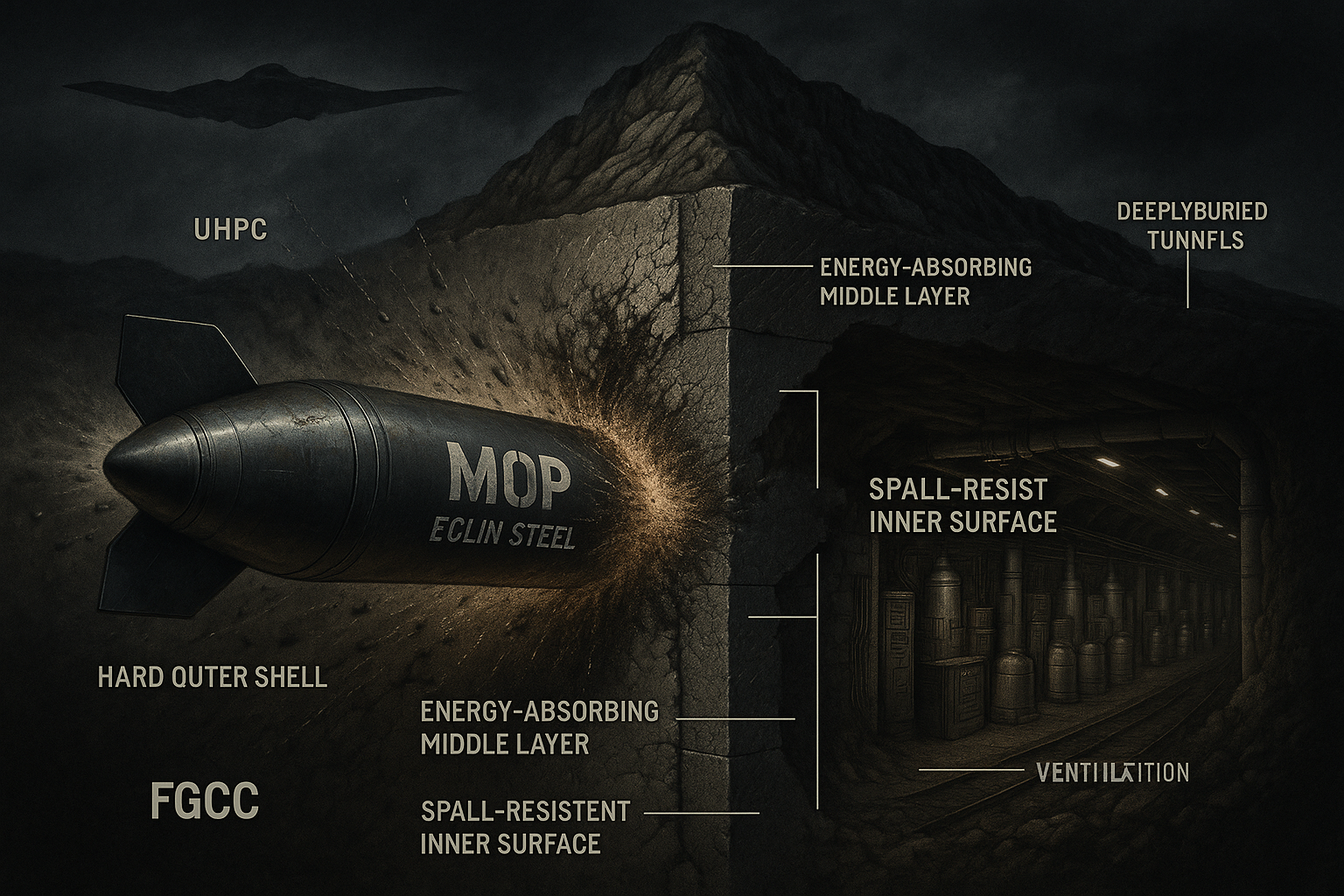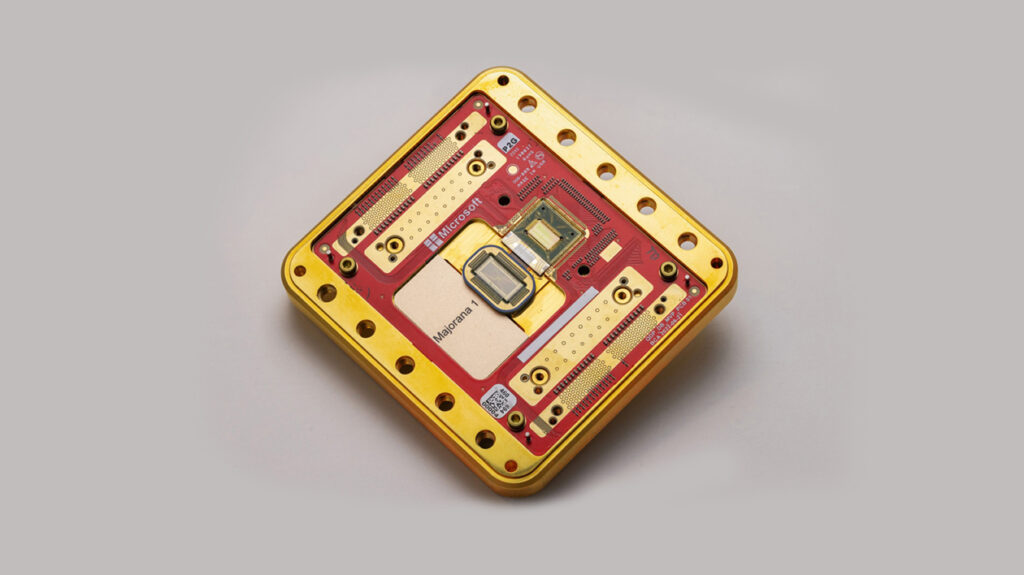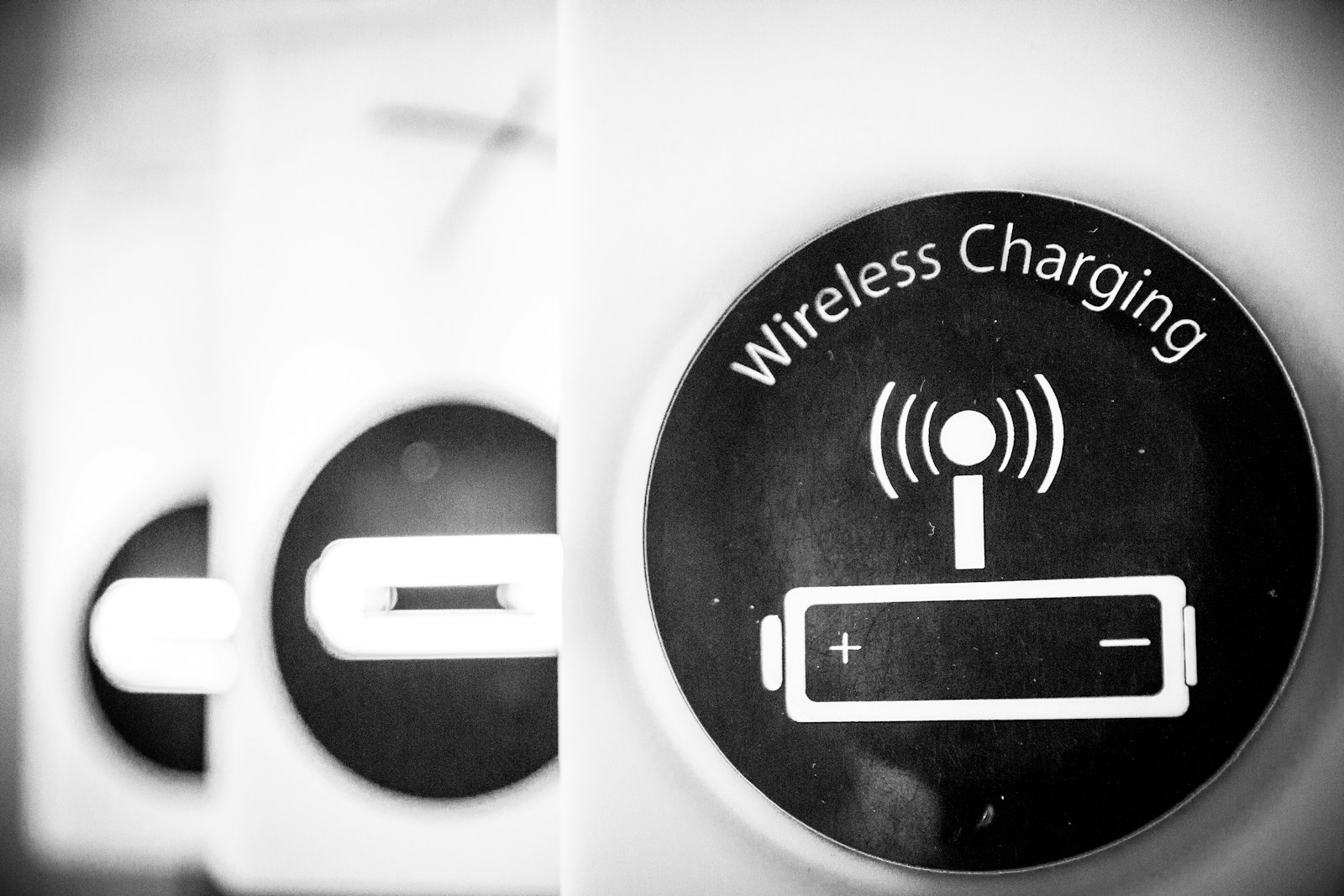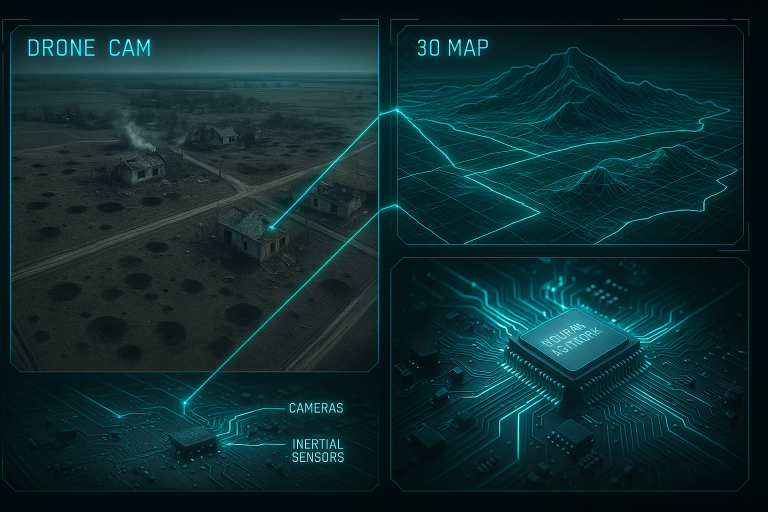America’s Bunker Busters Versus Iran’s Ultra-High Performance Concrete
The night of June 21, 2025, marked a pivotal moment in modern warfare as U.S. B-2 Spirit stealth bombers, departing from Whiteman Air Force Base in Missouri, embarked on an 18-hour, 13,000-mile round-trip mission to strike Iran’s most fortified nuclear facilities. Dubbed Operation Midnight Hammer, this unprecedented attack represented the first combat use of the GBU-57/B Massive Ordnance Penetrator (MOP)—a 30,000-pound “bunker buster” designed to destroy targets buried deep beneath mountains .
The Targets and the Tactics
- Fordow Fuel Enrichment Plant: Buried under 260–300 feet of rock near Qom, this uranium enrichment site was the operation’s primary target. Iran had attempted to seal its ventilation shafts with reinforced concrete days before the strike, anticipating an attack .
- Natanz & Isfahan Facilities: Secondary sites hit by MOPs and Tomahawk cruise missiles, targeting centrifuge halls and uranium conversion infrastructure .
- Precision Methodology: Six MOPs targeted each of Fordow’s two main shafts. The first bomb removed the concrete cap; the next four traveled down the shaft at >1,000 ft/sec before detonating; the sixth served as a backup. Each bomb had bespoke fusing, impact angles, and trajectories .
The Arms Race: Bunker Busters vs. Concrete
Table: The GBU-57/B “Bunker Buster” vs. Iran’s Defenses
| Bomb Capabilities | Iranian Fortifications |
|---|---|
| 30,000 lbs weight; 20.5 ft length | Fordow buried under 80–90 m of rock |
| Penetrates 200 ft before exploding | Ultra-High Performance Concrete (UHPC) with 40,000+ psi strength |
| Made of Eglin/USAF-96 steel | Steel-fiber reinforcement to prevent brittle fracture |
| First used in combat June 2025 | Layered “Functionally Graded” concrete (FGCC) |
Iran’s use of Ultra-High Performance Concrete (UHPC)—a material incorporating steel fibers to absorb kinetic energy and resist cracking—posed a formidable challenge. Studies show UHPC can cause penetrators to embed or rebound rather than penetrate. Recent advances like Functionally Graded Cementitious Composite (FGCC) add layered defenses: a hard outer layer to damage projectiles, a middle layer to absorb energy, and an inner anti-spall layer .
Conflicting Damage Assessments
- U.S./Israeli Claims: Officials declared Fordow “obliterated,” with Israel’s Atomic Energy Commission stating the site was “inoperable” and Iran’s program set back “by years” .
- Contradictory Intelligence: A Defense Intelligence Agency report suggested only “months” of setback, noting entrances were sealed but underground structures remained intact. Centrifuges may have survived, and Iran’s enriched uranium stockpile was relocated pre-strike .
- Satellite Evidence: Images showed craters at vent shafts but no major surface collapse. Blast effects relied on overpressure ripping through tunnels—a mechanism potentially mitigated by Iran’s layered concrete .
Geopolitical Fallout
The strikes occurred amid a 12-day air war between Israel and Iran, killing over 600 Iranians and 28 Israelis. A fragile ceasefire brokered by Trump followed, though both sides claimed victory . Iran’s parliament halted cooperation with the IAEA, complicating future monitoring. Crucially, the attacks revealed America’s operational limits: Despite 15 years of MOP development tailored to Fordow, the outcome underscored that concrete technology may be outpacing penetrator design .
The Future of Underground Warfare
- Next-Gen Solutions: Hypersonic missiles with tungsten penetrators could achieve Mach 5+ impacts, acting as “rods from God” against UHPC .
- Non-Kinetic Strategies: Disabling bunkers via entrance destruction or communications cuts may prove more viable than physical penetration .
- Material Science Arms Race: With China pioneering FGCC and Iran mastering UHPC, the U.S. is already developing the Next Generation Penetrator (NGP), acknowledging the MOP’s potential limitations .
Conclusion: A Pyrrhic Victory?
Operation Midnight Hammer showcased America’s unparalleled ability to deploy stealth bombers and specialized munitions across continents. Yet, the enduring uncertainty over Fordow’s destruction highlights a sobering reality: in the shadow war between bunker busters and concrete, defensive technology is gaining the upper hand. As one DTRA officer involved in the MOP’s development noted, destroying Fordow was a “life’s work” —but Iran’s mountain fortresses may yet prove that even 30,000 pounds of precision steel is no match for engineered stone.






